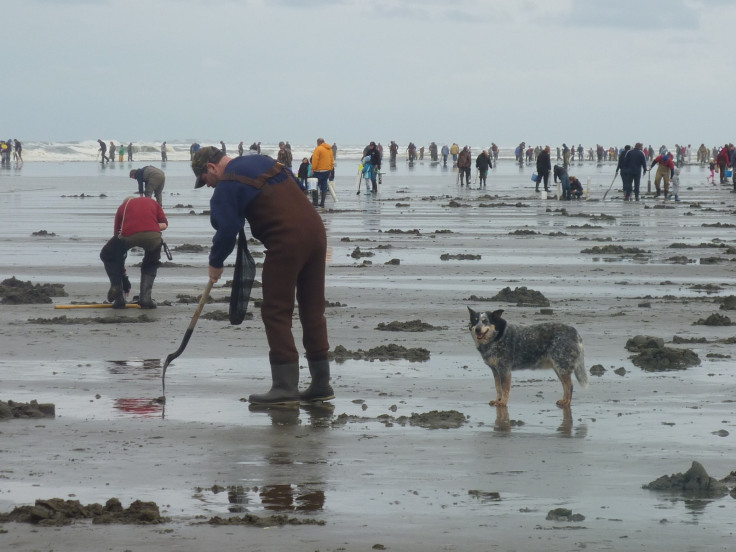Potentially deadly toxic shellfish outbreaks to become more common as climate change warms our oceans
El Niño and the Pacific Decadal Oscillation also lead to a build-up of toxins in shellfish.
Scientists have found a way to predict when shellfish are likely to contain dangerous levels of the natural toxin domoic acid, to anticipate fishery shut downs and limit the risk of food poisoning that can lead to diarrhoea, paralysis, or in rare cases amnesia or death.
Domoic acid is produced by algae and plankton, and accumulates in shellfish. When ocean temperatures are warmer, the concentration of the toxin in shellfish also rises, according to a paper published in the journal PNAS.
Natural ocean events such as El Niño and the Pacific Decadal Oscillation contribute to warmer seas. Understanding how these events affect shellfish toxicity can help seafood managers reduce their risk harvesting shellfish that are not safe to eat.
Preventing outbreaks
The authors say that the prediction method could have foreseen the 2015-16 outbreak of shellfish toxicity on the west coast of the US, which led to emergency shut-downs of fisheries.
"We describe a completely new method to understanding and predicting toxic outbreaks on a large scale," said study author Morgaine McKibben of Oregon State University.
Some shellfish are worse affected by warming seas than others, McKibben says.
"Razor clams are filter-feeders that bioaccumulate this toxin in their muscles, so they take much longer to flush it out than other shellfish. The higher the toxin levels, the longer it takes for razor clams to be safe to eat again, perhaps up to a year after warm ocean conditions have subsided."
Consuming shellfish that have high levels of domoic acid can lead to severe food poisoning, and in some cases can be fatal. The scientists foresee that fishery managers and agencies will be able to use the model to anticipate the closures and prepare for periods of high risk.

"Commercial and recreational shellfish fisheries along the West Coast are a multi-million dollar industry," said Marc Suddleson, harmful algal bloom programme manager at the US's National Oceanic and Atmospheric Administration.
"Improving our ability to accurately predict algal toxin levels in shellfish supports timely and targeted fishery closures or openings, essential to avoiding economic disruption and safeguarding public health."
© Copyright IBTimes 2025. All rights reserved.






















